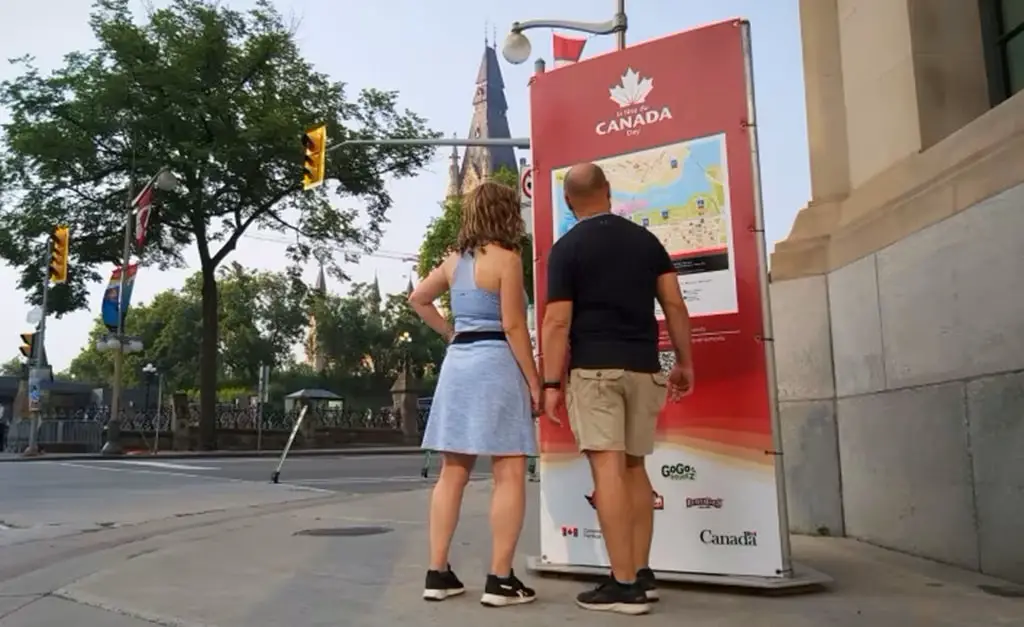News
Tourism Sector Rolls Out Canada Map to Boost Visitor Numbers

The tourism industry has launched a new Canada Map in the hopes of attracting more visitors to Canada following the damage it received during the COVID-19 pandemic.
Destination Canada and the federal government revealed a proposal at the country’s largest annual tourism convention in Edmonton to lengthen the tourist season, expand the length of stays, and attract more locals, visitors, and business people to a larger range of destinations.
Exceptionally dry circumstances have resulted in wildfires scaring away people, while milder winters have wrecked havoc at ski resorts. However, the hotter weather is opening up prospects to attract tourists in the spring and fall, potentially filling hotels and tour buses into the shoulder seasons, according to Destination Canada CEO Marsha Walden.
“We would like to keep our workers longer into the season. And, in most cases, the product does not require significant adaptation to accommodate a new season, such as fall and the transition into winter,” Walden said in an interview with CP24.
“We really need to lean heavily on expanding further into the shoulders.”
Drawn-out vacations would also result in millions more in revenue for hospitality companies, according to federal Tourism Minister Soraya Martinez Ferrada.
“Having people stay longer — having people spend more money — is just good for tourism for us in Canada,” she stated in a recent interview.
Canada Map to Promote Indigenous-owned initiatives
She said marketing initiatives will focus on “getting travellers to say, ‘If you’re going to come, you’d better stay a couple days more, because Canada is big.'”
With the new Canada Map, the federal policy aims to promote a larger range of places, from Indigenous-owned initiatives to off-the-beaten-path ecotourism spots.
Meanwhile, corporate visits continue to lag behind the recovery of leisure travel, a post-pandemic hangover that the initiative hopes to alleviate.
By 2030, the goal is to improve Canada’s position in a World Economic Forum ranking of tourism development, after it fell out of the top ten for the first time in 2022.
Tourism has rebounded from pandemic lows, according to operators, but it has yet to reach pre-COVID levels, and debt remains a significant burden for thousands of small enterprises across the country.
According to Destination Canada, international visitor counts were lower last year than four years before, with tourists from the United States accounting for 85% of 2019 levels and those from other countries accounting for 78%.
According to the Tourism business Association of Canada, the business generated more than $109 billion in revenue in 2023, approximately 4% higher than in 2019, but much less in real terms after accounting for inflation.
The association’s president, Beth Potter, has urged the federal government to establish a new low-interest loan program and a temporary foreign worker stream tailored to the tourism industry.





























